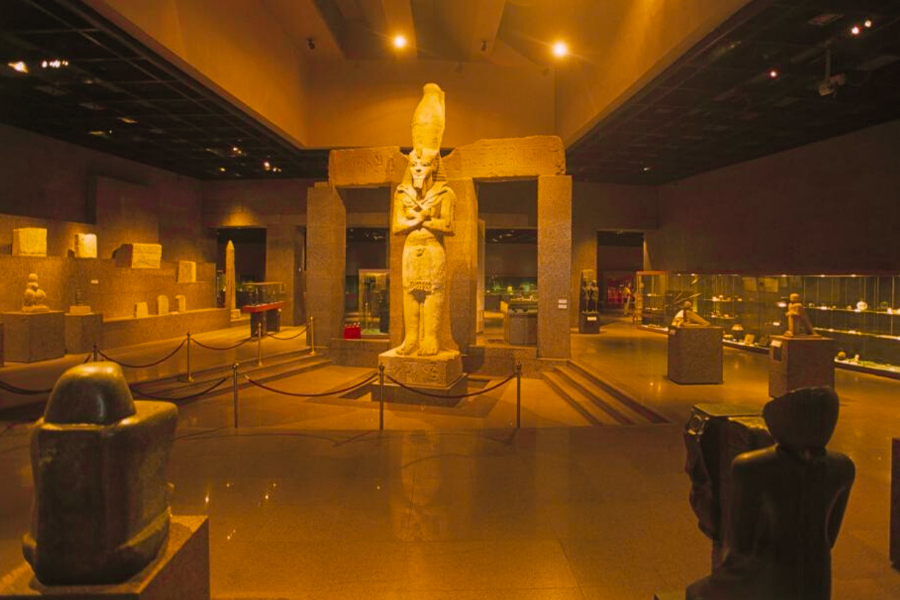When it opened in 1997, the Nubia Museum was an excellent, long-overdue addition to our knowledge of ancient Nubia and its people in the context of Egyptian history. The building that will become a museum first opened to the public in 1997. This culture has grown for thousands of years in what is now southern Egypt and northern Sudan. It is no less critical than the Pharaonic civilization in Egypt, considered one of the best places in history, along with the Egyptian pharaohs.
The construction of the High Dam, which led to the flooding of central Nubia and the forced displacement of more than 100,000 people, was probably the main reason behind the almost extinction of this civilization. The floods that led to this situation were caused when the High Dam collapsed.
The museum tells the story of people living south of the Nile Valley from the time of the ancient pharaohs until the arrival of Christianity and Islam. The story ends with the construction of the dam in the 1960s. It also shows a variety of artifacts that were found in the Nubian region. The museum also contains a large number of artifacts that were found in the Nubian area.
In the past few years, the status of Nubians has become a critical political issue. In the 1950s and 1960s, when the High Dam was being built, Egypt was in the midst of a race to develop, and the government didn’t fully compensate or plan for the people who would have to move. Officials in Egypt knew that people would have to leave their homes, but they did nothing to stop it. And the cultural heritage of the Nubian people did not get the care they needed to survive.
Several international groups worked together to safely move the Abu Simbel temples, among the most important ancient buildings in Nubia. It would be an understatement to say that these temples were essential to the history of the Nubians. In exchange for help, some people were killed or taken to another country. For example, consider the Temple of Dendur, which has just been moved to the Metropolitan Museum of Art in New York City and can now be seen in its entirety there for the first time in its history.
The Nubian Museum attempted to fix this error by drawing attention to how the dam was hurting residents, but it did so only partially. No matter how hard the museum attempts, it seems that it will not be able to help correct this error. But it is still one of the few places where people can learn about the region’s rich cultural and historical past.
The old houses that were reconstructed after being moved from the once-underwater places are significant.
There is a possibility that the museum is close to the Fatimid cemetery, which contains a few small tombs from the 9th century. It is common to do here to visit the graves of saints who were revered and honored in the past. These graves are made to look like national flags and are decorated to make people feel the same when they look at the flag.
The mausoleum is likely near the empty granite quarry where the half-completed obelisk stands. Its height of about two meters made it the tallest obelisk ever seen during the era known as Antiquity, and this set a new standard for these types of effects. It was finished on three sides, and although there were problems with its construction along the way, it was still firmly anchored in the rock below.
Museum Collections
This small museum contains a lot of ancient Nubian people’s art. There is also a re-enactment of various scenes from daily life in the Nubian community. At the front door is a human-length statue of Ramses II.
As you wander around the museum, you can see artifacts from the time of the ancient Egyptians right up to when Islam took control of the area. You may see these artifacts as you walk through the museum’s many galleries. The platinum amphora with Arabic script given a flowery look is a beautiful piece from this time. An Egyptian paper is also used to show an amphora simultaneously.


0 Comment